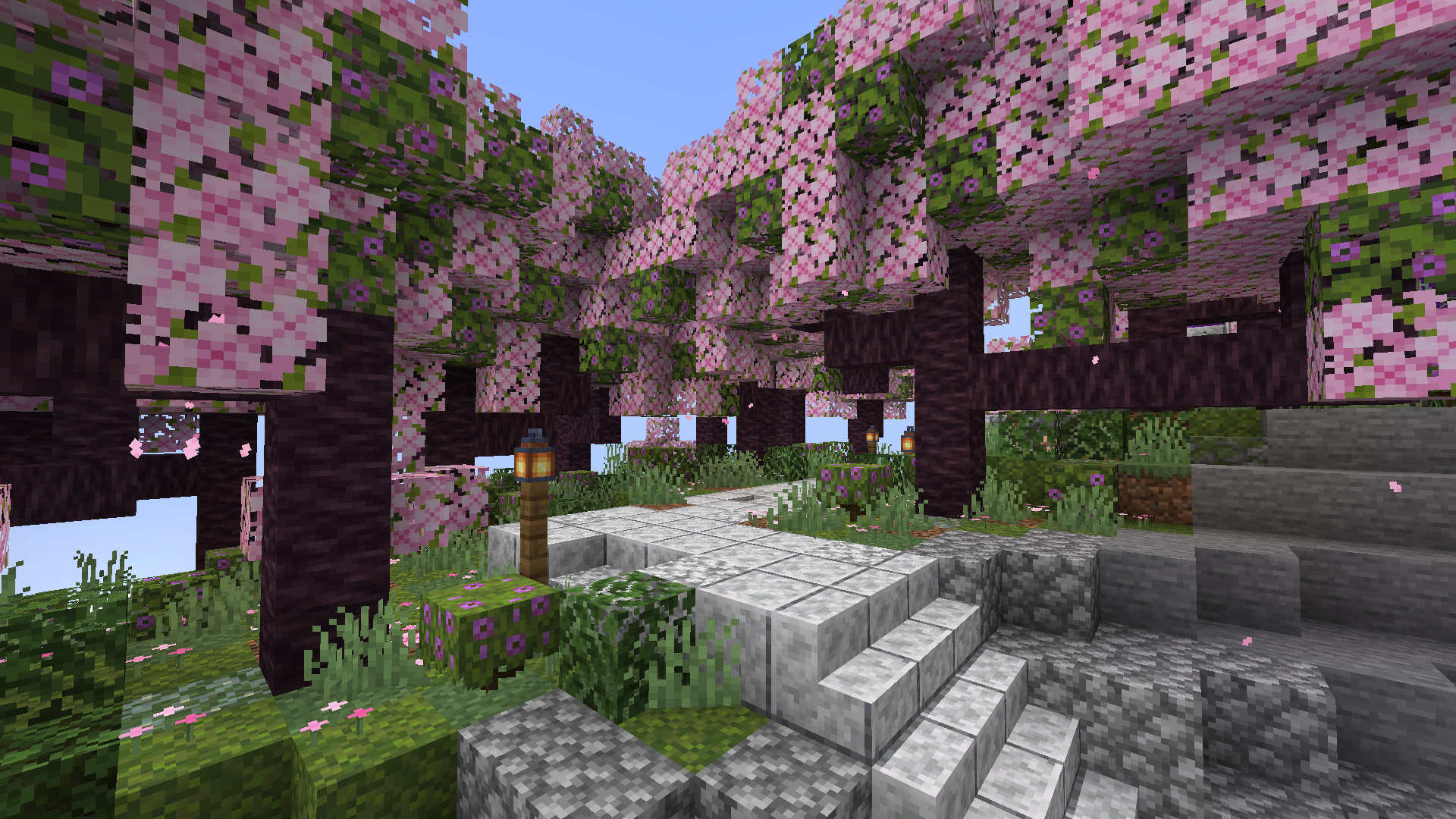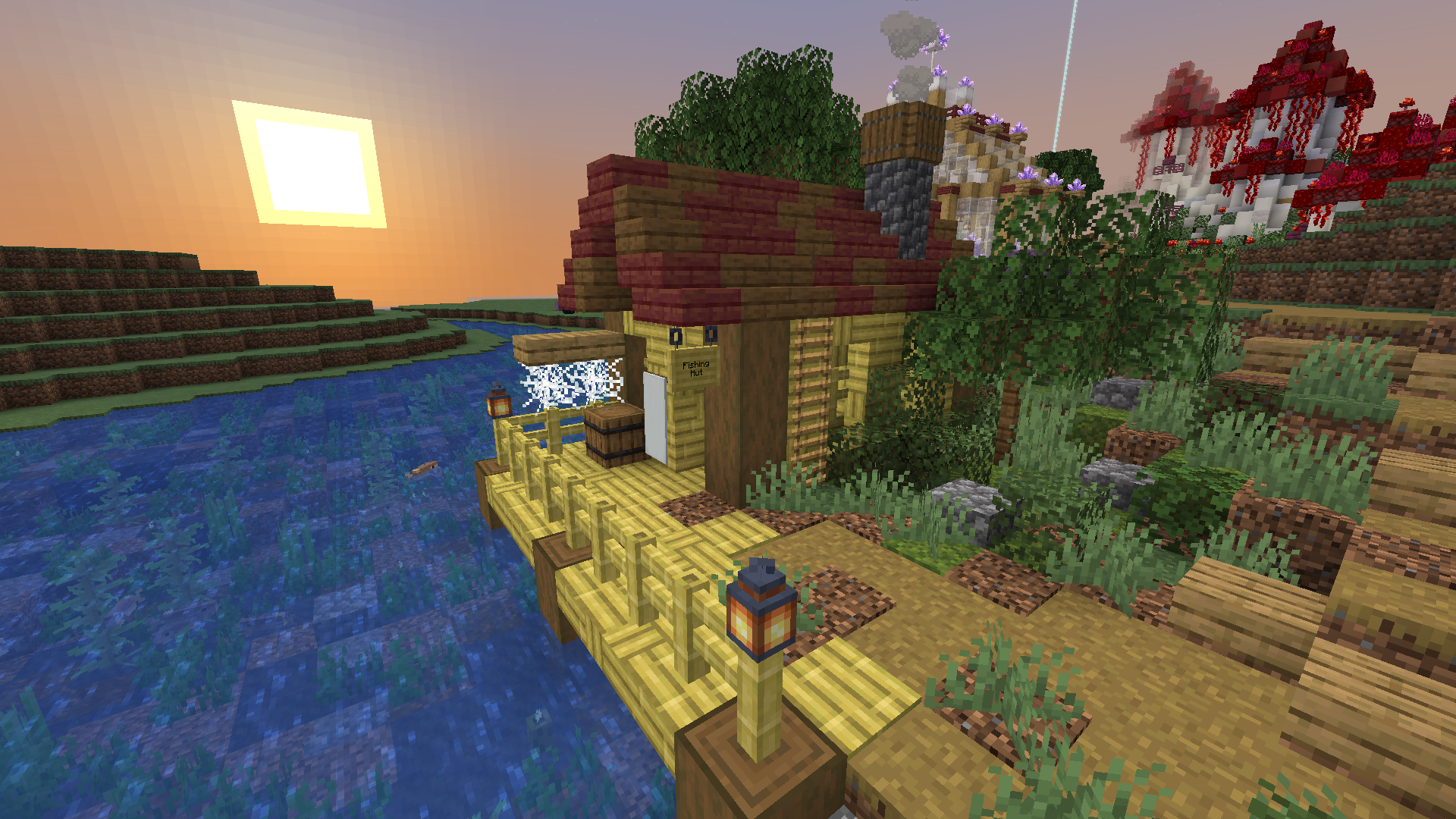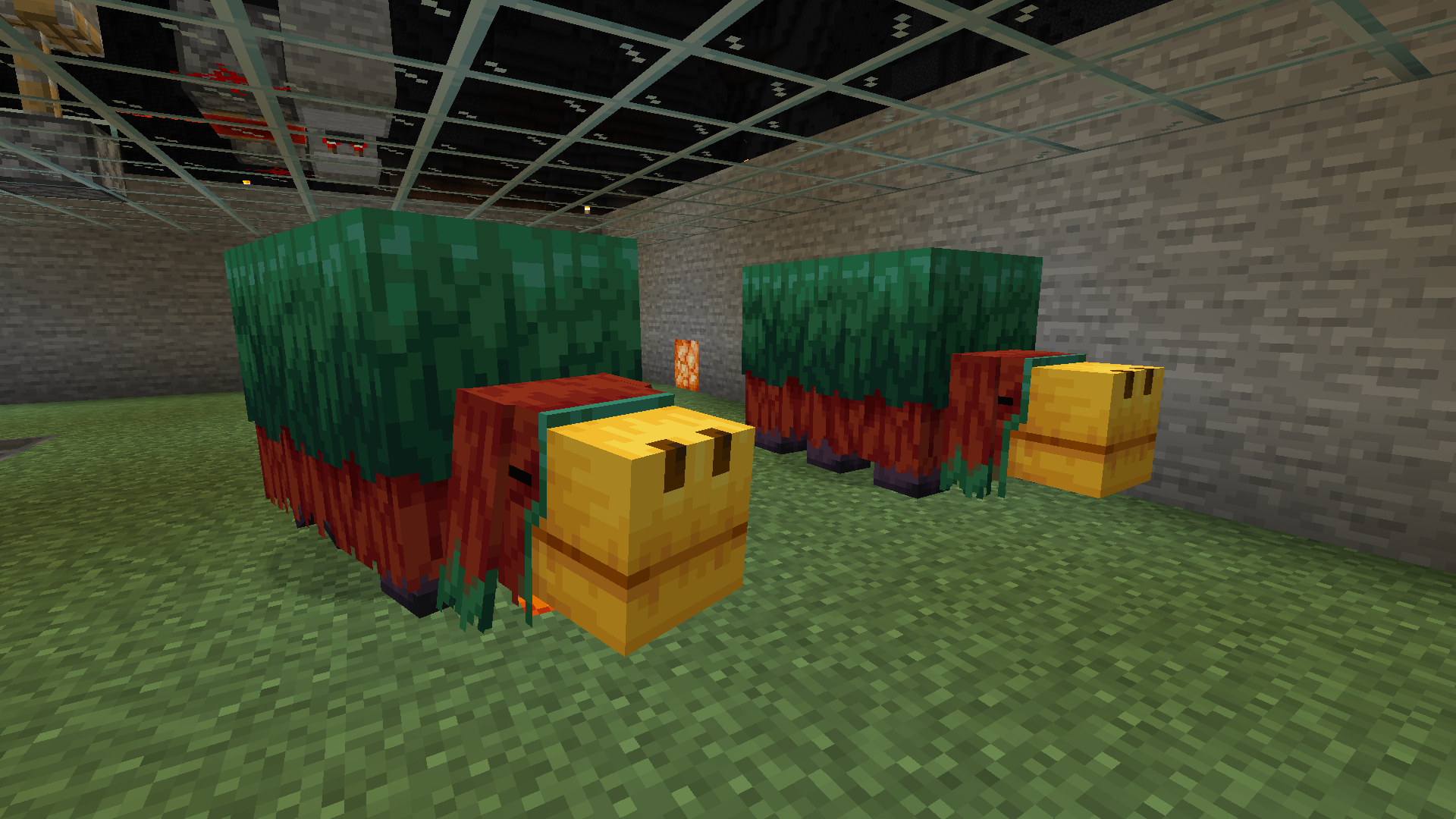What's New in Minecraft 1.20 The Trails & Tales Update?
Talking about some of the interesting additions and features

On June 7th, the Minecraft 1.20 Trails & Tales update was released. Like all Minecraft updates, it comes with many new features and improvements to the game.
For previous updates, I have written comprehensive stories about all changes, but I won't be doing it for this one. There are already so many great lists like this one on the Minecraft Wiki that go through every last detail. After playing the update for a few days, I'll focus on a few noteworthy points for survival players and builders instead.
Cherry Groves
Minecraft 1.20 introduced a new Cherry Grove biome with cherry trees and cherry blossoms (pink petals). For over ten years, Minecraft players have been building custom cherry trees with other wood types and pink wool, concrete, or glass as leaves. Some of them were very impressive, but nothing comes close to a real cherry leaves block.
Like most Minecraft trees, the generated cherry tree shapes are a bit rough, but the addition of the pink leaves and cherry wood opens up a lot of possibilities for custom-built trees and other beautiful environments. I have already experimented with them and built a small custom landscape on top of a mountain.

Bamboo Wood
As if a single new wood type wasn't exciting enough, the update also adds a second one: Bamboo Wood. Bamboo plants have been in the game for a few years, but so far they have only been useful to craft scaffolding and as furnace fuel. Now, they can be crafted into bamboo wood, which comes with all wood varieties you would expect, but it's also the first wood type to introduce a new mosaic version.
Bamboo will be a paradigm shift for many players because, even though you need nine bamboo to craft bamboo wood and only get two planks per log, it's very easy to farm. Bamboo grows fast and can be farmed automatically. In fact, it's the only wood type that can be farmed without TNT making it by far the easiest to acquire. This makes it a great option for crafting wood-type agnostic items like chests.

Archaeology
A few years ago, Mojang announced Archaeology, but it was put on hold and pushed to a later update. After redesigning the whole system, it's finally included in this update. New terrain has a chance to generate ancient structures, which come in a few variants and are partially buried and collapsed. In these structures, you can find suspicious sand and gravel, which look slightly different from their normal counterparts. With the new brush tool, you can slowly reveal items from these blocks. Most items are already in the game and more or less common like coal, wheat, gold nuggets, or emeralds. However, you can also find different pottery sherds (yes, they are called sherds, which is the archaeologically correct term for ceramic shards). With these sherds, you can craft the new decorated pot, which is a big terracotta pot for decoration. Luckily, the pot is also craftable with just bricks, so you can actually use it for decoration without having to find countless rare sherds.
Sniffers
After winning the last Minecraft mob vote, the Sniffer was added in with this update. It's a fictitious mob that's quite large and gentle. It spawns from an egg, wanders around, and occasionally sniffs out ancient seeds. Ancient seeds are another new addition and come in two variants, the torchflower and the pitcher plant, which are mostly used as decorative plants and to breed the Sniffers.
However, getting Sniffer eggs is quite difficult and time-consuming. They can only be found as a rare drop from the suspicious sand mentioned above in the Archaeology section. But not only are they limited to sand, but they can also only drop from suspicious sand in warm ocean ruins.
Finding any structure underwater is difficult because the visibility is bad, whether you are in a boat or flying with an elytra. Once you have found ocean ruins there is only a 50% chance that it's the warm type. Then you have to dive down, fend off some trident-wielding drowned, and find the suspicious sand blocks, which are difficult to spot because of their similarity to normal sand, especially underwater. Each warm ocean structure generally spawns with a few suspicious sand blocks (maybe 3-5). Then you have to brush the sand and get lucky to find a rare Sniffer egg. It took me two hours until I got two eggs to breed more Sniffers from them.
A fully-grown Sniffer will sniff for ancient seeds every 8 minutes. They can find seeds in any dirt-like block, but they remember blocks they have already searched. Their memory is limited, so it should be possible to build an automated farm for this. I only built a small temporary farm and used Allays to pick up the items for the first time, which are a bit tricky to work with but insanely cute.

Misc Features
There are a few more features I quickly want to mention:
- Camels: It's always nice to have more mobs in the game, but they aren't particularly useful in everyday play. They are mostly for goofing off with friends because of their two-player rideability and for people who want to build zoos.
- Hanging signs: A new sign variant that can be placed on the sides and undersides of blocks. Also, signs can finally be edited by right-clicking, which is a big improvement over having to break the sign and retype everything because you misspelled a word.
- Armor Trims: Armor trims can be used to decorate any Minecraft armor. This is very nice to give players more customizability on multiplayer servers, but for me, as a singleplayer player, I probably won't even touch them
- Chiseled Book Shelves: These new bookshelves are very useful because you can actually store books inside them and even place the books in individual positions, which will make libraries not only look better but actually useful.
- Calibrated Sculk Sensor: The vibration system added in the last update has received some changes. Sounds can now be chained with amethyst blocks and the new calibrated sensor can be used to detect them in a bigger radius.
Overall, it's another amazing Minecraft update. It's great to see that a 14-year-old game still receives so many high-quality changes. However, it's another update that doesn't tackle the biggest and ever-growing problem with the game: The inventory system.
When the game was launched, there only were a handful of block types and the player had 36 inventory slots. Now, there are more than 1000 blocks and items, and the player still only has 37 slots (they added the off-hand). Building has evolved to make use of the incredible block variety, but it's impossible to keep all required blocks in your inventory. Mojang has to address the problem in the next update to make sure the game stays fun to play and doesn't become more of an inventory mess than it already is. Until then we can enjoy the new and amazing 1.20 update.
